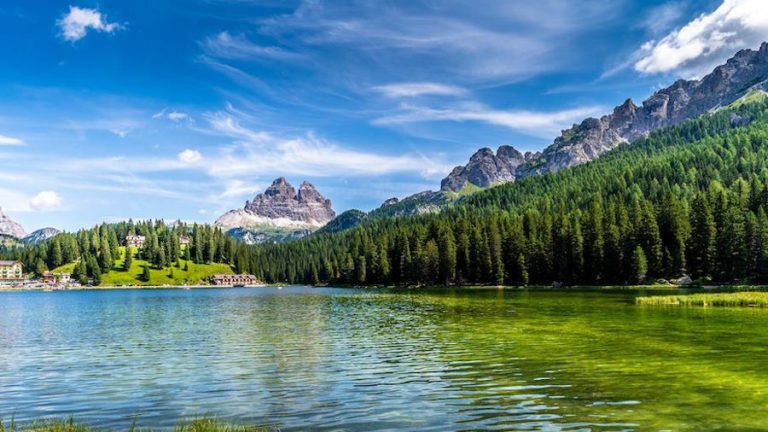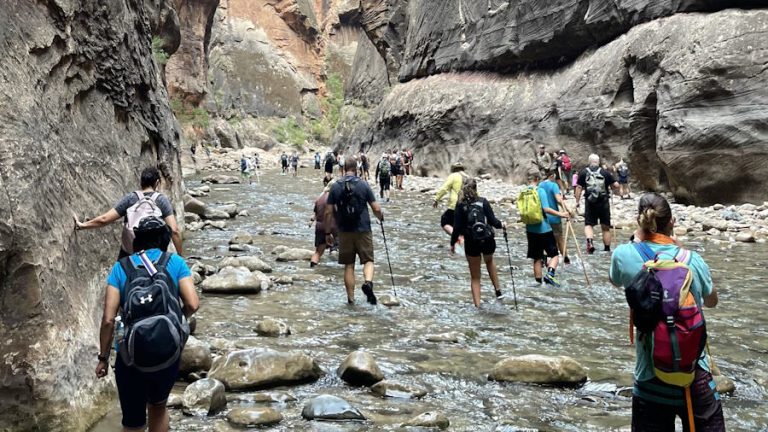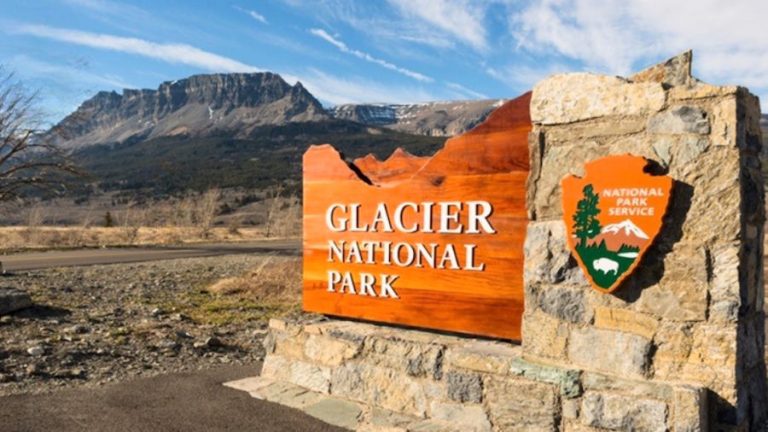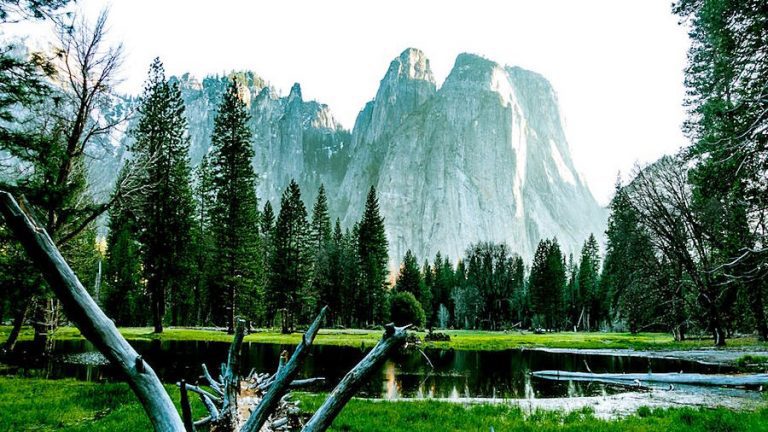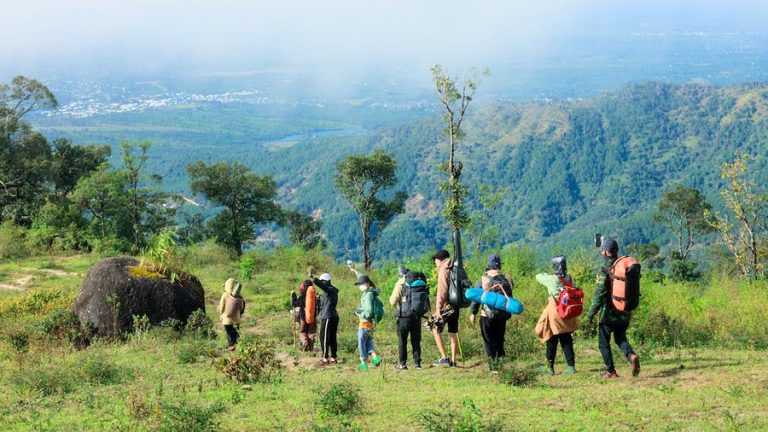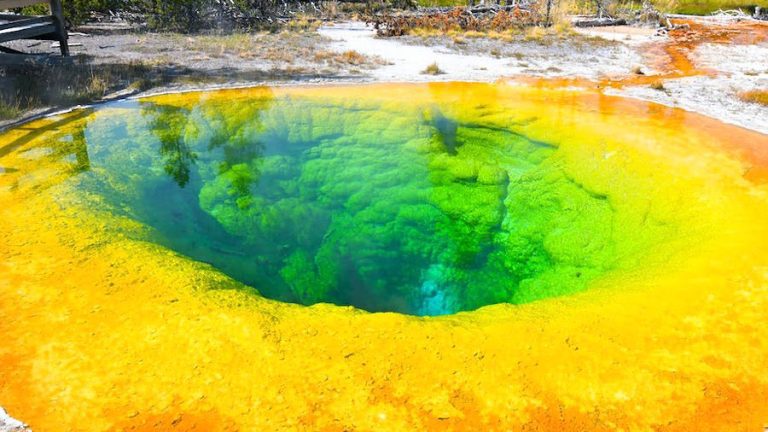How do you deal with bears while hiking?
How to Deal with Bears While Hiking: Navigating the Wilderness: A Comprehensive Guide
Contents
- 1 1. Knowledge is Power: Understand Bear Behavior
- 2 2. Make Noise: Be a Trail Maestro
- 3 3. Bear Spray: Your Best Companion
- 4 4. Stay on Designated Trails: Avoid Off-the-Beaten-Path Adventures
- 5 5. Keep a Clean Camp: Food Discipline Matters
- 6 6. Recognize Signs of Bears: Track Awareness
- 7 7. Respond Appropriately: Different Bears, Different Approaches
- 8 8. Travel in Groups: Strength in Numbers
Stay vigilant! When on the trail, maintain a heightened awareness and consistently scan for the presence of bears. Look for recent tracks, scat, and indicators like torn logs, digging, or fresh claw marks on trees. Be particularly observant of carrion (carcasses) in the vicinity.
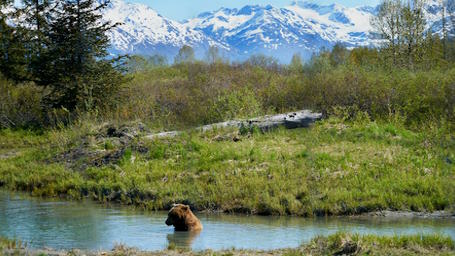
Consult with specific park authorities to ascertain the types of bears present and whether any sections are temporarily closed for bear management. Adhere to these restrictions and avoid venturing into these designated areas for your safety and the well-being of the bears.
Embarking on a hiking adventure in bear country? Exciting! While the great outdoors offers unparalleled beauty, encountering bears adds an extra layer of wilderness awareness to your journey. Here’s a guide on how to deal with bears while hiking, ensuring a safe and memorable outdoor experience.
1. Knowledge is Power: Understand Bear Behavior
Before hitting the trails, arm yourself with knowledge about bear behavior. Bears are generally shy, and encounters are rare, but being aware of their habits can make a significant difference. Learn about different bear species in your hiking area and understand their characteristics.
2. Make Noise: Be a Trail Maestro
Bears prefer to avoid humans, and making noise alerts them to your presence. Consider talking, singing, or clapping your hands periodically while hiking. This simple act can prevent surprise encounters and give bears the chance to move away peacefully.
3. Bear Spray: Your Best Companion
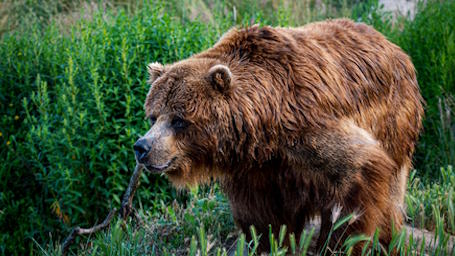
Should hikers carry bear spray?
Whether you’re on a short trek or embarking on a backcountry expedition, it’s crucial to have bear spray on hand for your safety. Proven to be the most effective means of halting aggressive bear behavior and thwarting potential attacks, bear spray is an essential tool for any hiking adventure.
Always Carry bear spray and know how to use it. This non-lethal deterrent is proven effective in deterring bears from approaching. Ensure it’s easily accessible and familiarize yourself with its proper application. It’s an essential tool for hikers venturing into bear territory.
Does hiking with food attract bears?
Avoid leaving food scraps behind as they can lure bears to the vicinity, fostering an association between humans and potential food sources. This scenario can pose risks for both you and the bears. Ensure responsible outdoor practices by packing out your food scraps, garbage, and toiletries in secure, resealable bags or containers. Never leave these items unattended during your hike.
4. Stay on Designated Trails: Avoid Off-the-Beaten-Path Adventures
Stick to established trails and avoid wandering into areas frequented by bears. Straying off the designated path increases the likelihood of surprising a bear, leading to potentially risky encounters. Trails are designed to offer both adventure and safety.
5. Keep a Clean Camp: Food Discipline Matters
If you’re camping in bear country, maintain a clean campsite. Store food securely in bear-resistant containers or hang it in bear bags away from your sleeping area. The scent of food attracts bears, and a messy campsite can lead to unwanted visitors.
6. Recognize Signs of Bears: Track Awareness
Be observant of your surroundings. Look for bear signs such as scat, tracks, and overturned rocks or logs. If you notice fresh signs, adjust your route accordingly. Bears often leave clues about their presence, allowing you to take preventive measures.
7. Respond Appropriately: Different Bears, Different Approaches
Know the appropriate response for encountering different bear species. In general, stand your ground with black bears and slowly back away. For grizzlies, play dead by lying on your stomach with your hands clasped behind your neck if the bear charges. Education is key in determining the right response.
8. Travel in Groups: Strength in Numbers
Hiking in groups is safer than going solo. Bears are less likely to approach larger groups, and your collective presence provides an added layer of deterrence. Plus, sharing the adventure with others enhances the overall experience.
Embrace the Wilderness Safely
Hiking in bear country is a thrilling experience that demands respect for the natural world. Armed with knowledge, preparedness, and a responsible approach, you can safely navigate these majestic landscapes. So, lace up those boots, follow these guidelines, and embrace the beauty of the wilderness responsibly. Happy hiking!
Top 10 National Parks of United States
Which National Park has the most hiking trails?
Unlocking the Narrows: Zion’s Spectacular Hike
How do you deal with bears while hiking?
The Best Time to Visit Glacier National Park
Hiking in Yosemite National Park
The Great Smoky Mountains National Park
The 9 Best National Parks to Visit in Spring
10 Best National Parks to Visit in Winter

